Protect Lives. Protect Assets. Prevent Downtime
We offer the most advanced condition monitoring and fire prevention systems
Welcome to Ghata Instrumentation
Ghata Instrumentation made its way into the fire detection and fire suppression world in 2006 in the heart of the bushveld in Thabazimbi. Our vision was always to provide the best service at the best price to our clients.
We have since then partnered with Advanced Automated Systems to be able to access their unique range of equipment used in a variety of fields. This has enabled us to be more accurate in giving the client the best product on the market today. We are always trying to improve the service as well as the technology we use in our applications.
Ghata Instrumentation strives to grow and be the best installation and maintenance contractor for fire detection and fire suppression systems in Africa.
550+
Satisfied Clients

250+
Projects Completed

12+
Countries
Solutions
Ghata Instrumentation has assembled a large list of high profile clients by creating a competitive edge and always having the ability to design and create an expert solutions for all types of fire related risks
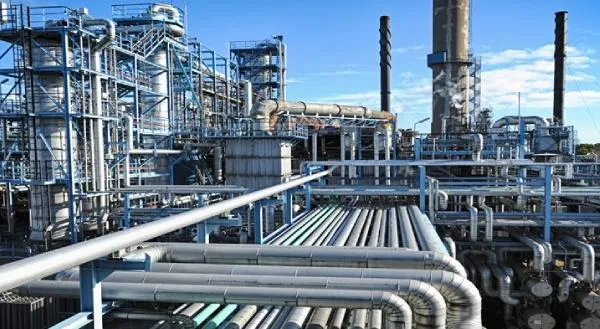
Condition Monitoring
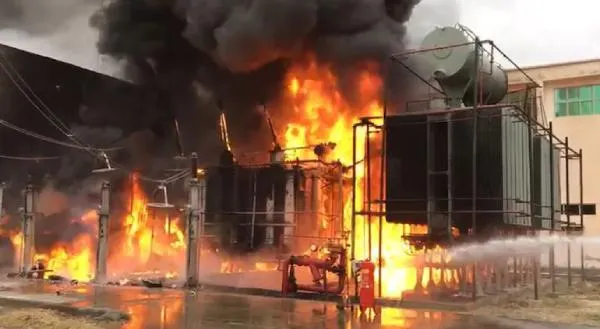
Fire Detection & Suppression
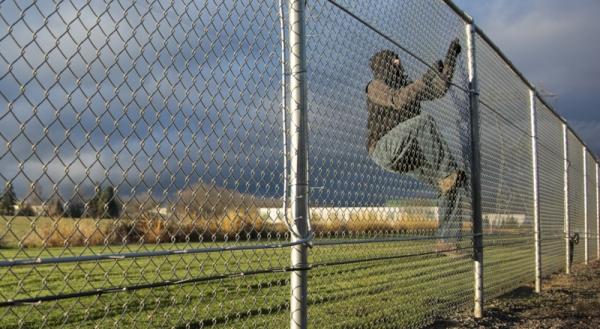
Security Technologies
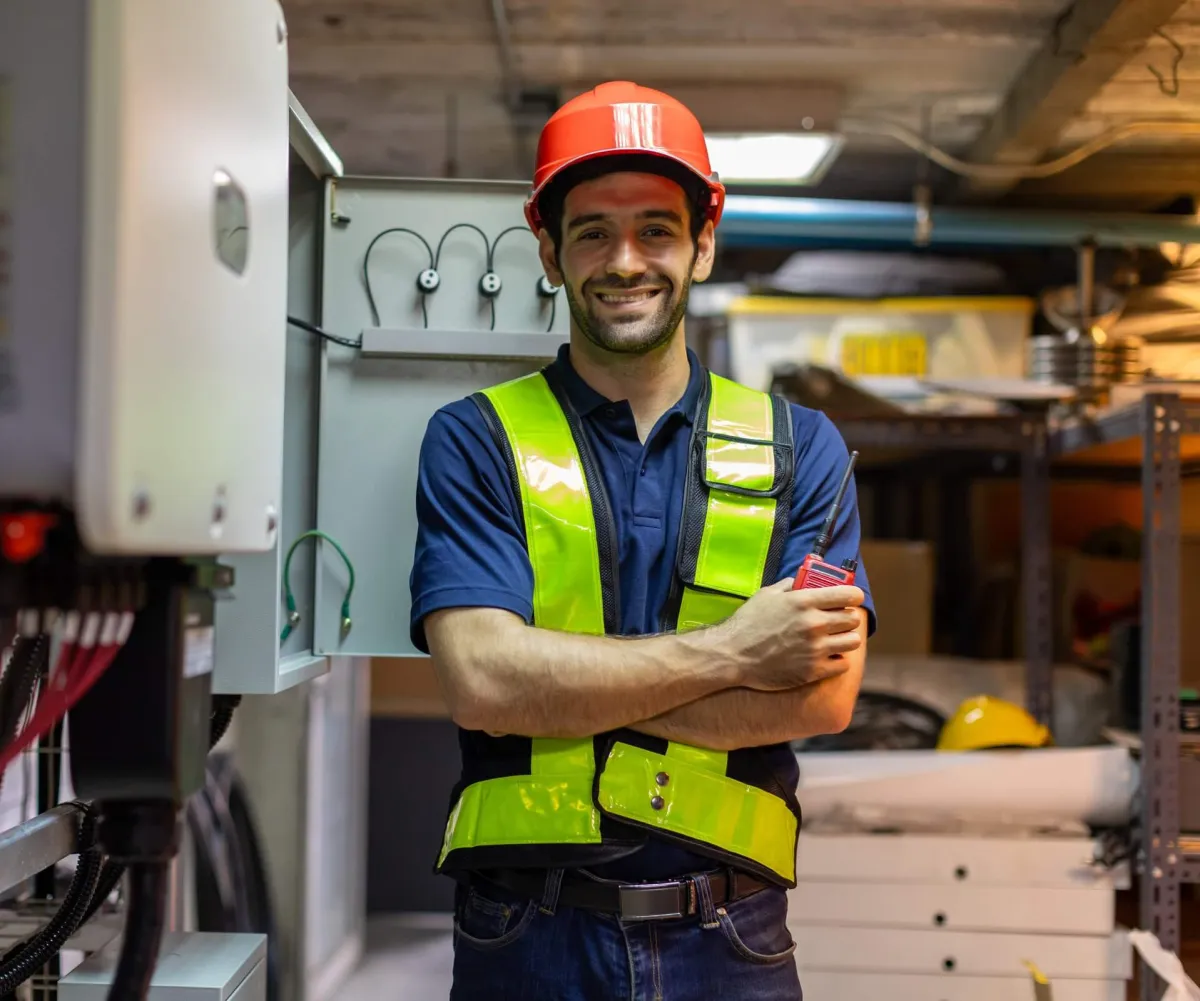
About Us
Who we are
Ghata Instrumentation made its way into the fire detection and fire suppression world in 2006 in the heart of the bushveld in Thabazimbi. Our vision was always to provide the best service at the best price to our clients.
We have since then partnered with Advanced Automated Systems...

Innovation
Fresh, creative solutions.

Integrity
Honesty and transparency.

Excellence
Top-notch services.
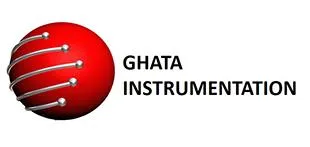
FOLLOW US
COMPANY
CUSTOMER CARE
Copyright 2025. Ghata . All Rights Reserved.